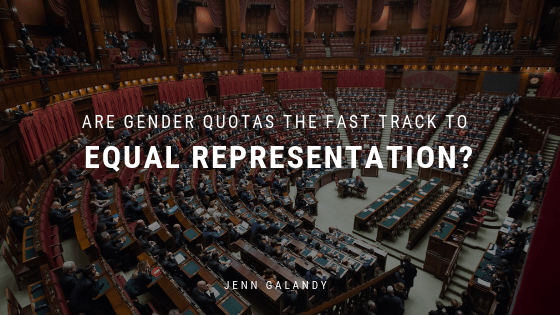To address the imbalance of power in Britain, quotas have been put in place to assimilate more women into the world of politics. Although mandating quotas has raised some concerns, quotas prove to have a positive impact on the number of women represented within politics.
When the Labour Party first introduced a gender quota policy, also called all-women shortlists, in 1997 it resulted in a dramatic increase in the participation of women. The Fawcett Index reveals that women make up 26% of cabinet ministers, and 34.5% of those who attend cabinet. The Labour party has been proven to be more successful in achieving gender parity. In the shadow cabinet, women lead 33% of committees and make up 26% of the House of Lords.
Although it is clear that quotas have had a significant impact on the percentage of women represented in politics, the implementation of quotas has been controversial. When quotas were first introduced in the United Kingdom, there was a concern of whether or not a quota would be allowed under the Equal Treatment Directive, which provides equal treatment in regards to employment, promotion, training and working conditions. The European Commission, however, reassured that the quota to be used in politics did not fall under the same scope.
Over 100 political parties across the world have introduced a gender quota. There has been a lot of global evidence backing why it is one of the most effective ways to ensure women’s representation. It has been suggested that implementing quotas can either take an incremental track or fast track.
In many of the Nordic countries, we can note an incremental track. In the 1970s, Denmark, Sweden, and Norway introduced voluntary gender quotas which steadily help raise the percentage of women involved in politics over the course of five decades. Denmark especially has seen the most success, to the point that it no longer even requires a stimulus.
On the other hand, countries such as Argentina, Costa Rica and South Africa have all taken a fast track. In these countries, quotas have dramatically increased women representation in only a short period of time. In just one election, the political representation of women in Costa Rica went from 19% to 35%. And in South Africa, after its first democratic parliamentary election, 30% of women were represented in their government.
Whether we look at the United Kingdom, Denmark, or Costa Rica, we can note that gender quotas have been an effective strategy in increasing the representation of women in politics.

